The southern ocean has many surprises for the adventurous diver who is prepared to brave the cooler temperatures.
Otago’s coastline is home to fascinating marine creatures – sea lions, seals, penguins and migratory birds. Most dive locations have the full range of southern fish species.
Spectacular Otago Peninsula is renowned for its sub-Antarctic wildlife. This eco-tourist’s paradise is the only place in the world where you can travel by road to a Royal Albatross colony. From a viewing hide you can see these majestic birds with their three metre wingspans and snow white plumage.
The rich marine environment along this coast includes swarms of red krill welling up from deep offshore canyons and offers the chance to see southern right whales and orcas on the surface.
Dive shops in Dunedin offer a full range of diving courses as well as dive trips to Milford, Stewart Island and to the best possies along the Otago coast.
Otago Peninsula
The cold Southland Current sweeps in to the peninsula carrying nutrients essential to the wide assortment of encrusting invertebrate life including sponges, ascidians and nudibranchs. The Mole at the harbour entrance is a voluntary marine reserve. Its weed beds, sunken ships and plentiful fish life make it a popular dive site. The Beacons, Weller’s Rock and Harrington Point are other top spots around the harbour. Visibility is variable between 3-9m inside the harbour in calm conditions and road access is good to most locations.
Cape Saunders
Sheer cliffs drop to the seabed 23m down at this exposed dive site. Weird caves, holes and overhangs in the cliff face are encrusted with colourful fauna, which cries out to be photographed. A New Zealand fur seal colony makes this an interesting location.
Moeraki
The home of the famous Moeraki spherical boulders offers good diving under the Lighthouse. Large kelp beds extend from 5-30m with abundant fish life and good numbers of crayfish (lobster). Shag Point, further south has reef drop-offs to 30m and a wide variety of sea life.

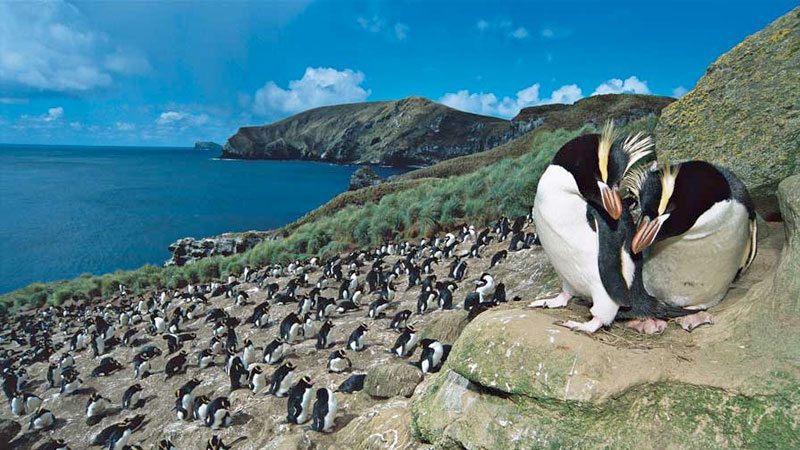
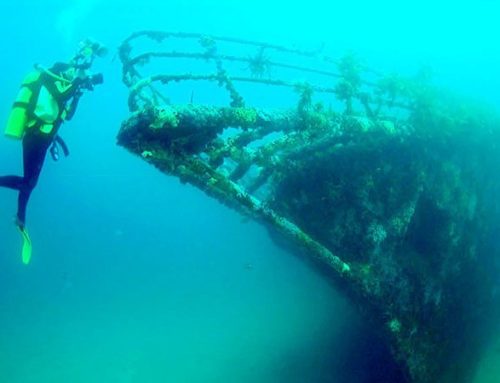
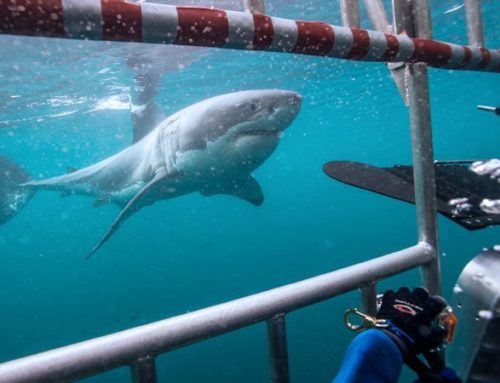
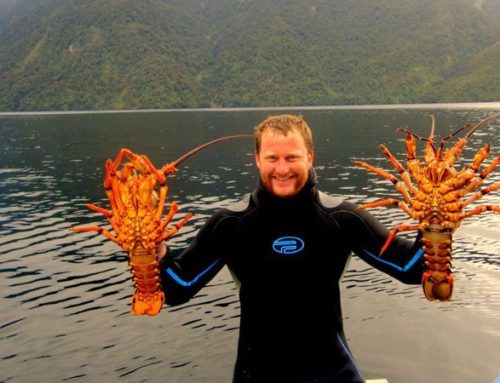
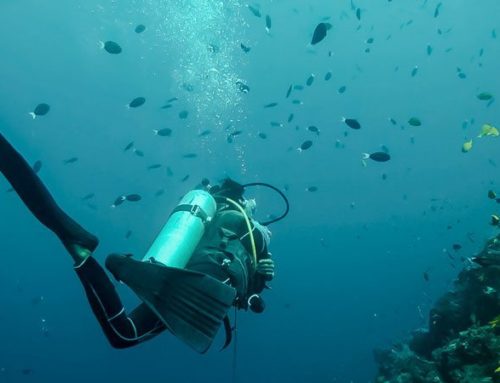
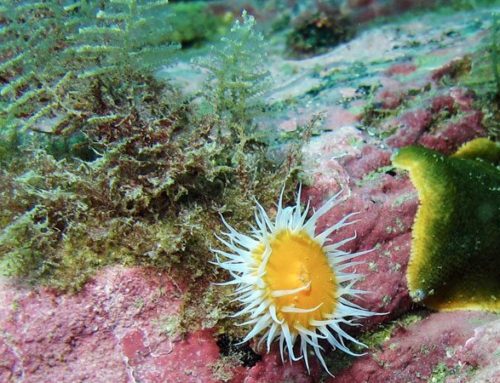
Leave A Comment